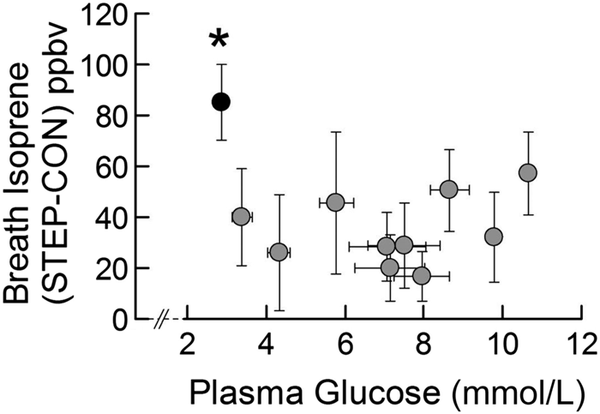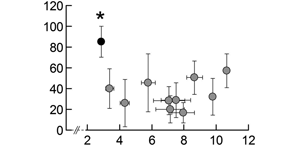Diabetic Alert Dogs and Your Breath
A recent study from the University of Cambridge may have pinpointed one of the chemicals diabetic alert dogs smell when they detect low blood glucose.

Earlier this summer, we wrote about Diabetic Alert Dogs (DAD) and the ways in which they can help monitor and alert people with Type 1 Diabetes to dangerously high and low blood glucose levels.
Dogs have a powerful sense of smell and a much more sophisticated olfactory system than humans, including an extra smell-related organ. Their keen ability to detect odors and to hone in on specific scents makes it possible for dogs to be scent trained to perform certain tasks. In the case of a DAD, scent training is related to biochemical changes in the body that relate to high and low blood glucose levels. Scent-training requires rigorous, consistent, and ongoing training, but exactly "what" these dogs are detecting that marks low blood glucose levels (hypoglycemia) has remained a bit of a mystery.
New UK Study Focuses on Breath
A recent study from the Wellcome Trust-MRC Institute of Metabolic Science at the University of Cambridge may have pinpointed at least one of the scent markers DADs detect during hypoglycemia. In a controlled study, researchers "hypothesized that volatile organic compounds (VOCs) in exhaled breath might change at low glucose."
Focused on VOCs, the study identified naturally-occurring chemicals that appear on the breath (including acetone, methyl nitrate, ethanol, ethyl benzene, propane, and isoprene) and measures the levels of those chemicals at varying blood glucose levels. What researchers discovered was that the levels of isoprene in exhaled breath almost doubled when blood glucose was low. Other VOCs measured in the study did not show change correlated with blood glucose.
Isoprene is a chemical that humans do not detect.
New Pathways for Medical Devices
The findings regarding isoprene are exciting because they may open the way for development of new kinds of detection methods to help alert people with Type 1 Diabetes to periods of low blood glucose. If a key marker of hypoglycemia can be consistently detected on the breath, what kinds of devices could be created to help alleviate concern, especially, over episodes of hypoglycemia that occur in the night when people with Type 1 Diabetes are asleep?
Making Connections
Students interested in Type 1 Diabetes or animals and animal training can explore a number of science questions with a student science project. See When a Dog "Nose" Best: Diabetes Alert Dogs and Scent Science for more information and a list of related K-12 STEM projects. For additional ideas related to exploring Type 1 Diabetes in a student science, technology, engineering, or math project, see our special Diabetes Science Project Ideas collection. See also Explore Diabetes with Student STEM Projects.
For students interested in the development of tools and devices to help monitor blood glucose, the Engineering Design Process provides a roadmap for brainstorming solutions and new products, prototyping, and testing.
The University of Cambridge findings were published in the July 2016 issue of Diabetes Care. More information regarding the study can be found on the University of Cambridge site.
Categories:
You Might Also Enjoy These Related Posts:
- Plastics and Earth Day - Science Projects
- Arduino Science Projects and Physical Computing
- 10+ Robotics Projects with the BlueBot Kit
- 5 STEM Activities with Marshmallow Peeps
- March Madness Basketball Science Projects: Sports Science Experiments
- Women in STEM! More than 60 Scientists and Engineers for Women's History Month
- Explore Artificial Intelligence and Machine Learning with Student AI Projects
- 10 Reasons to Do the Rubber Band Car Engineering Challenge










